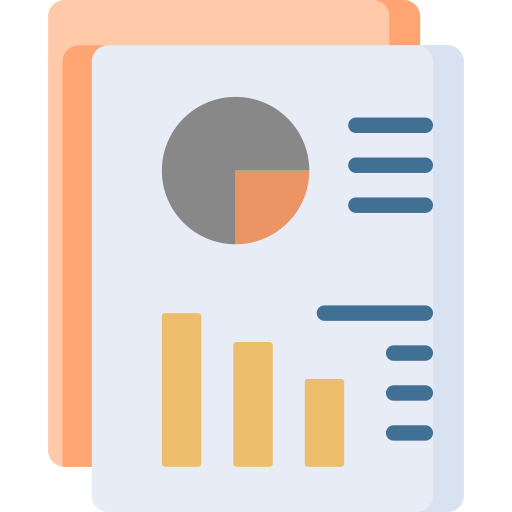Call Now: (+61) 416-195-006
Introduction:
History shows that health care and promotion has been developing gradually, constructing up a comprehensive health care system for the well-being of human beings. Health promotion, is basically the development of policies, programs and interventions which improve the well-being and quality of life, i.e. human development (Carvalho et al. 2004). There has been radical progression in health all over the world, however, continuous poverty, fewer educational opportunities for girls and poor public health policies prevented the developing countries to gain from these advancements. The main agenda of the governments is to promote health so that the highest standards of living could be achieved by all individuals, especially in the developing countries, due to the vicious cycle of poverty and poor health conditions. Each country has different elements which affect the health of its people, therefore, each one of them has different policies and strategies for health promotion. These elements could be anything from the political and socio-economic circles of that country, such as, poverty, education, living conditions, etc.
The main focus of this essay is to discuss health promotion with respect to the poorest of the poor of India, in order to understand the need of health promotion for them. In relation to that, the National Rural Health Mission will be discussed and studied in detail, which is adopted by the Indian government to cater to the rural destitute of India.
India’s Poorest of the Poor
Regardless of India’s growth and success since its independence, one of the major challenges it faces is related to the public health of the poor, especially the child and maternal health. Poverty is the main cause of health issues arising in India, due to the fact that 29.1% of the Indian population is below the poverty line (Asian Development Bank 2011). In order to understand health promotion for the poorest of the poor in India, we must first understand the term poorest of the poor.
According to (Peters et al. 2008) health and poverty have a vicious and never-ending cycle; ill-health increases poverty and, likewise, poverty gives rise to ill-health. They go on to say that the lower and middle income countries have certain dimensions that can be considered as barriers to access to health. These dimensions are geographical accessibility, financial accessibility, availability or access to health care when needed and acceptability of health services related to the poor or helpless groups.
Alkire and Seth (2013) carried out analysis by using Multidimensional Poverty Index proposed by Alkire and Santos (2010) to see where and how the changes in poverty occurred, and determines the range of insights dynamic multidimensional poverty analyses produce. “A person is identified as poor if his or her deprivation score is equal to or larger than one third.” However, they state that “the very poorest groups – Scheduled Tribes, Muslims, female-headed households, households whose head had no education, and the poorest states- saw slower reductions in poverty”.
Alkire et al. (2014) define a person “vulnerable to poverty” if he or she is deprived on the weighted indicators by one fifth or one third, and if his or her condition is defined as “severe poverty” then he or she is deprived on the weighted indicators by more than half. The key findings of their work also show that by far the largest number of 343.5 million poorest of the poor or the destitute reside in India. Moreover, they state that these poorest of the poor people have someone at home with severe malnutrition, have dirty floors, no access to clean water, inappropriate cooking facilities, open defecation areas, child mortality etc.

Chat with our Experts
Want to contact us directly? No Problem. We are always here for you
